Infrared Heating Products
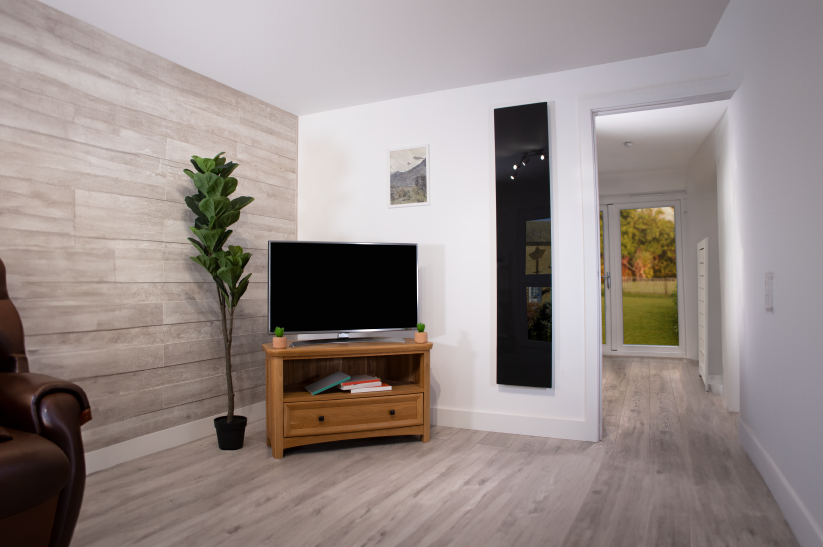
Infrared Glass Heaters
Visit Shop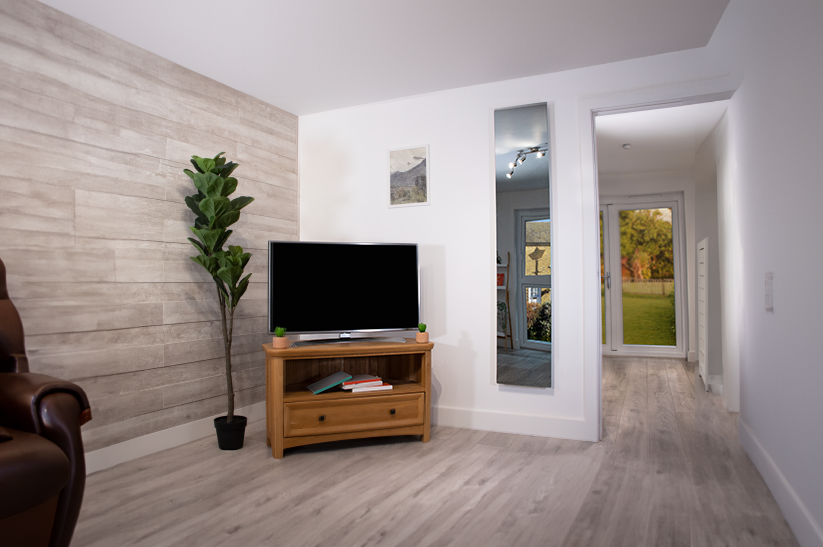
Infrared Mirror Heaters
Visit Shop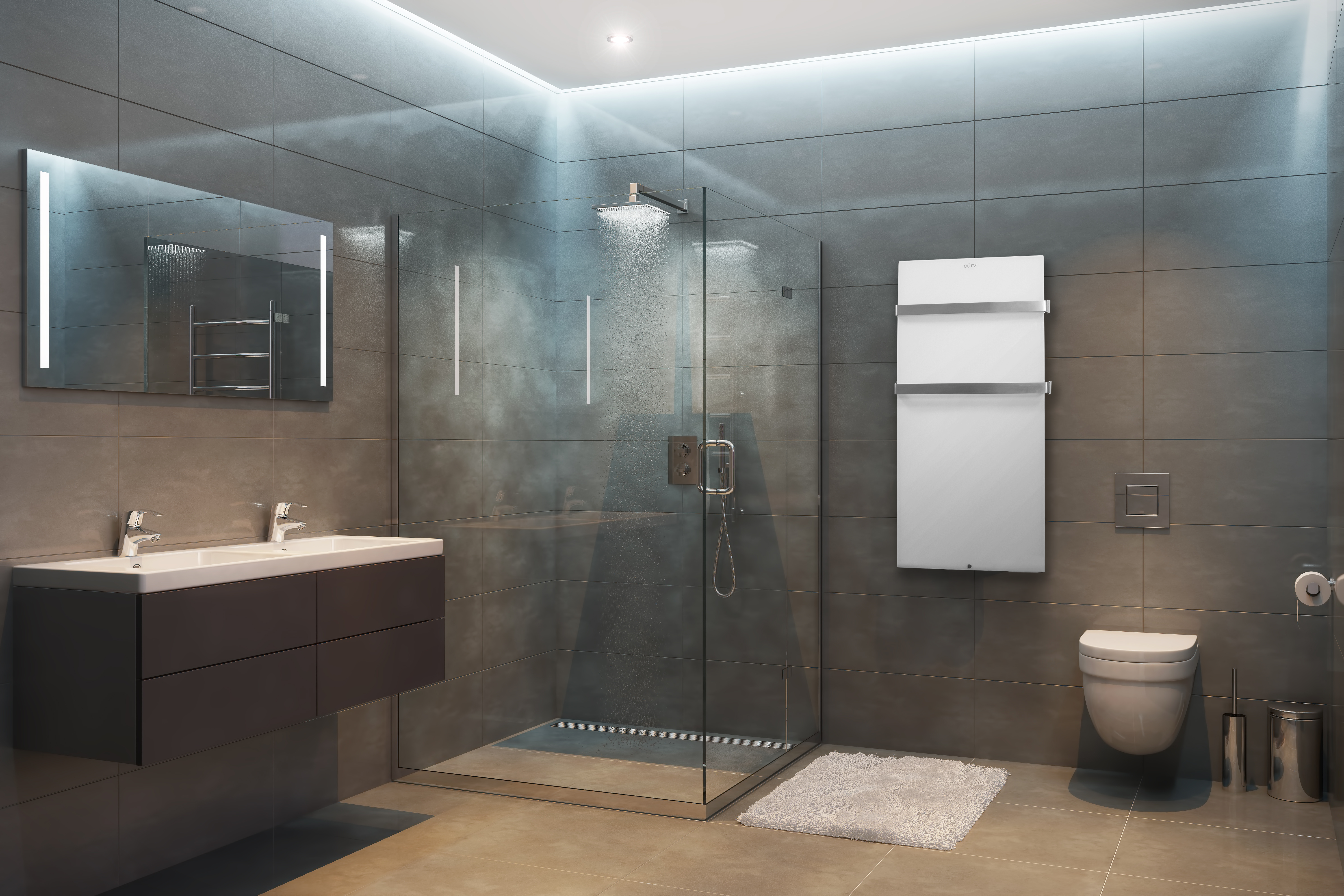
Infrared Towel-Rail Heaters
Visit Shop
Commercial and domestic properties are increasingly switching from older fossil fuel-dependent heating systems, to infrared heating. If you have convection, storage, or underfloor heating, or even patio heaters, then infrared heating could help you reduce your heating bills.
Infrared heating is the future of energy efficient electric heating. It is a sustainable, fully controllable and stylish way to heat your home or business.
Curv's infrared heaters are more energy-efficient and more eco friendly than traditional heaters. They require no water, no gas and no maintenance.










The heater panels transfer heat directly from the heater to the object without heating the air in between. Heat passes by radiant heat waves until an object (like you) absorbs that heat.
The way infrared heating works is essentially the same as the natural heating effects of the sun. As it does not heat the surrounding air, infrared heating allows a quicker, more comfortable and more cost-effective method of heating, compared to more traditional methods.
The feeling of heat from an infrared heater is similar to the feeling of stepping into sunshine.



Unlike traditional convection heating which causes significant energy wastage and additional running costs, infrared converts all electricity into heat, resulting in a more cost effective system.
Curv's energy-efficient infrared heaters are proven to be at least 30% more efficient than convection heating. This means that you can enjoy a consistent, comfortable warmth throughout your home or business in a more cost-effective way.
Further savings can be gained by adding smart heating controls and/or by incorporating green energy production such as solar panels. Infrared heating also reduces heating costs considerably, because it creates the benefit of zoned heating.
Infrared heating gives you control to only heat up the areas in your home or business that you wish to be heated. You will no longer need to preheat a room, because infrared heat works instantly.
Traditional convection heating causes energy wastage and additional running costs, infrared converts all electricity into heat.





Traditional convection heaters, such as standard oil / gas 'wet' radiators use convection currents to heat and circulate air to heat a room. Infrared heaters work in a more efficient manner and perform better as a result.
Below are some of the key benefits.
Below are images showcasing infrared heating in both the home and the workplace.

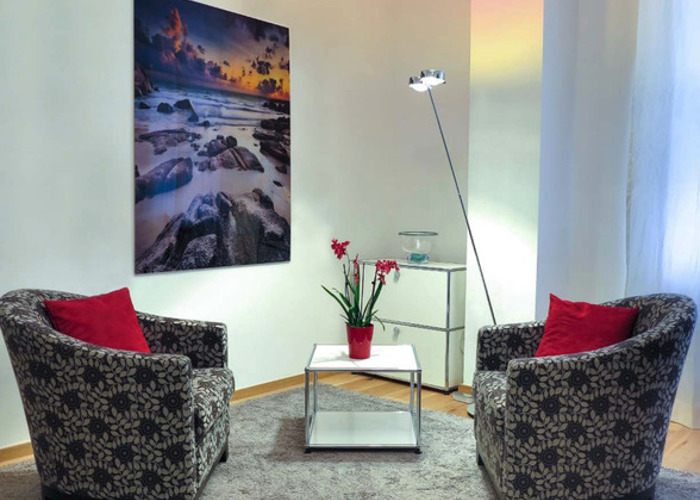

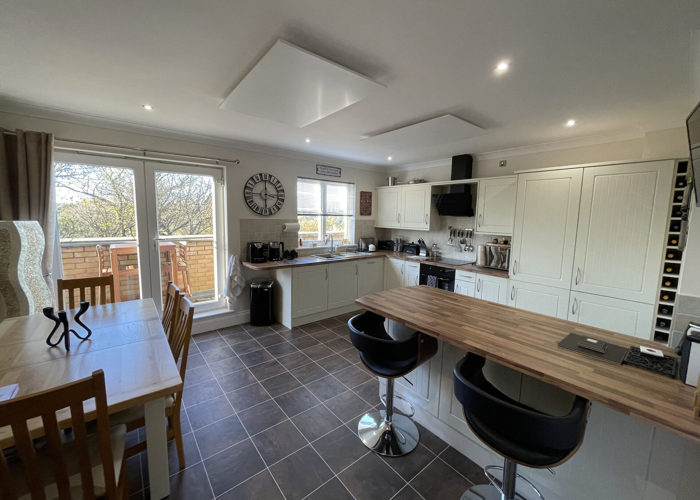


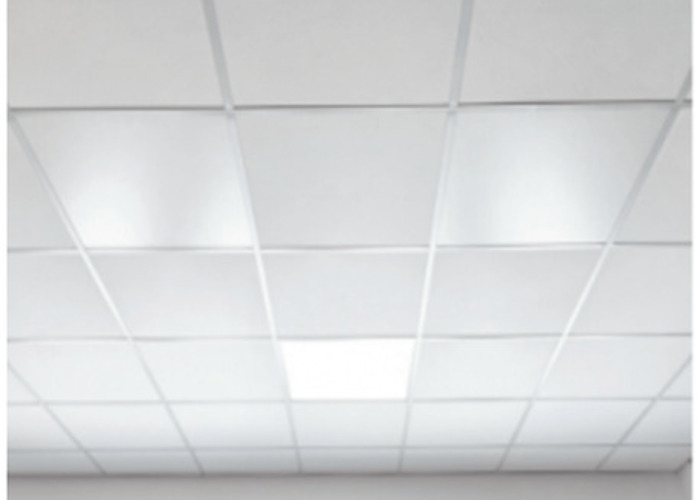
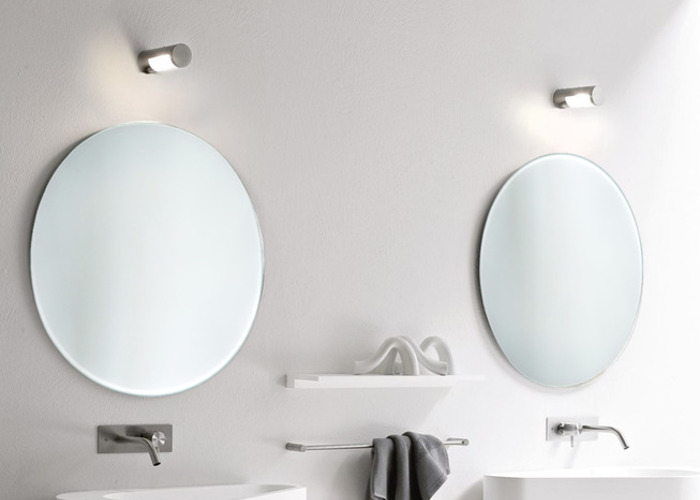


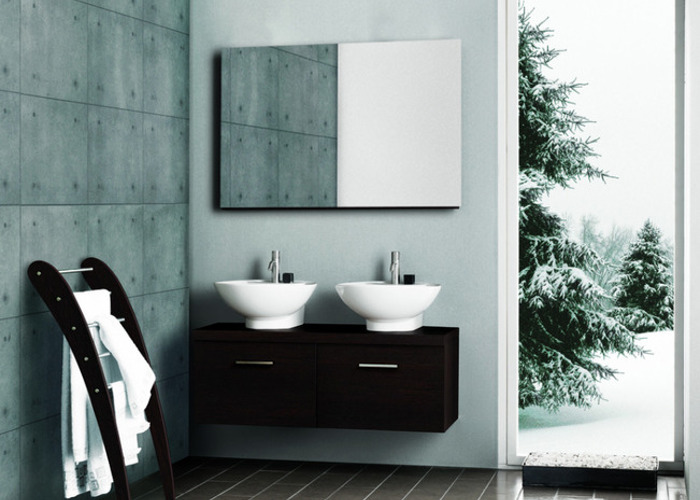
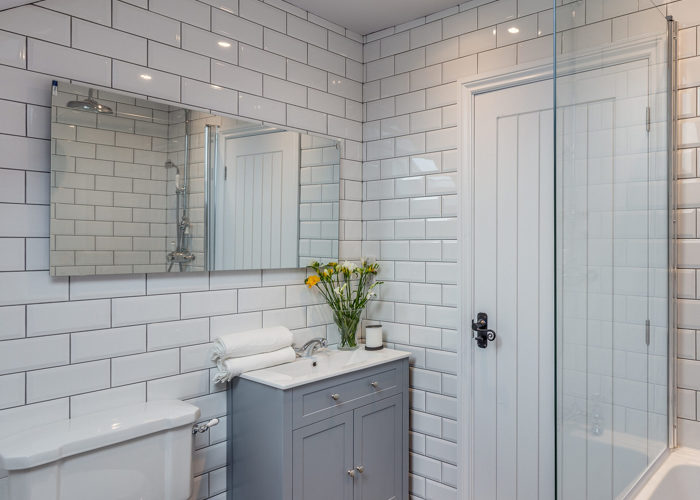

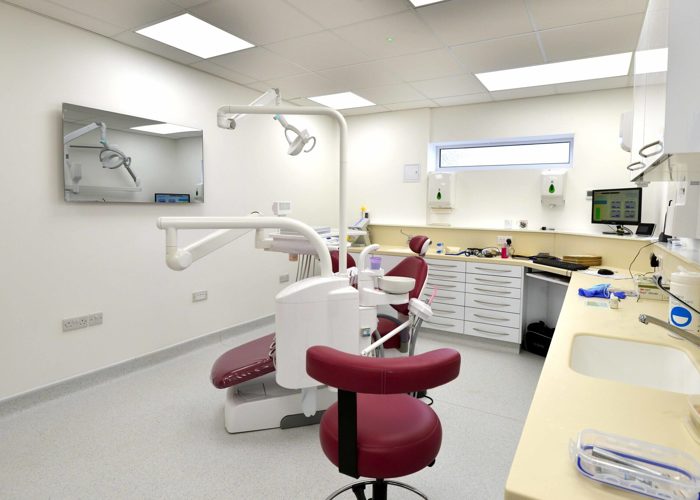
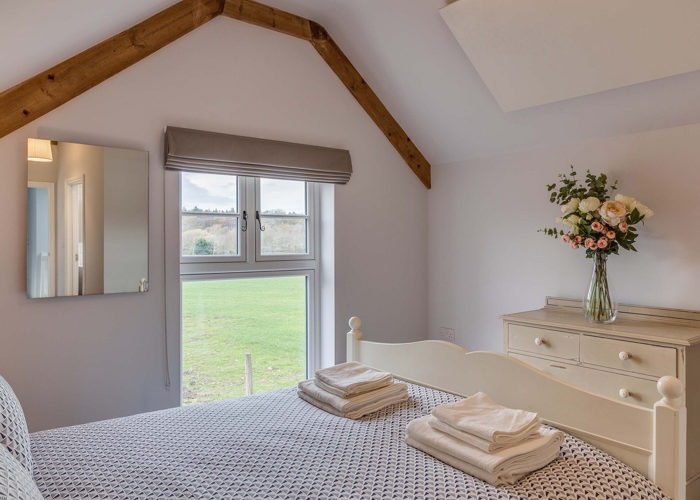
Infrared heaters are placed differently in a room than traditional heaters, because they transfer heat in a different way.
Traditional heaters will heat the surrounding air, and are placed in the coldest part of the room because the heat rises. By contrast, infrared heaters will directly heat objects in a room rather than the surrounding air, and so they should be wall-mounted or ceiling-mounted.
Infrared panels have a slimline structure which gives them the added benefit of being space-saving.
Register interest today via the get in contact section of the website.
Our engineers will calculate the panels needed for your project. We’ll present this to you in an easy-to-read way.
Now you know what’s needed, you can choose the heaters to match your style. There’s a wide range to choose from. This is the exciting part!
Two ways to install:
(a) Our team of professional Infrared Heating electricians.
(b) We can support your own electrician.
Our job is only complete when you are 100% happy with our service and your new energy efficient home. We’re here to support you.
Please fill out the form provided with all the necessary details for your enquiry, and we will get back to you as soon as possible.

“We have saved on average 45% on our gas consumption which has been vital during the current climate.”

“We were extremely pleased to calculate that the Genius Hub has saved us 64% off our heating costs meaning that the system has about a 2 year payback on the cost of installation.”

“The Smart Control system has saved 41% on our gas bills in the first month and 9% on our electricity.”

"So far we’ve calculated a drop in gas usage of 30% in April and 50% in May. With the motion sensors, there is a great deal of ability to control when and why the heat comes on".

"Always wanted the Nest thermostat in our house and had said it from the start of our new build. Had some resistance from the spark about installing Nest. So was very thankfully to find Joe through Nest Pro-installer. Who came on site and set up the system. Nothing was a problem, excellent service!"
2 Woodstock Link
Belfast
Northern Ireland
BT6 8PD
51 Bracken Road
Sandyford
Dublin
Ireland
D18 CV48